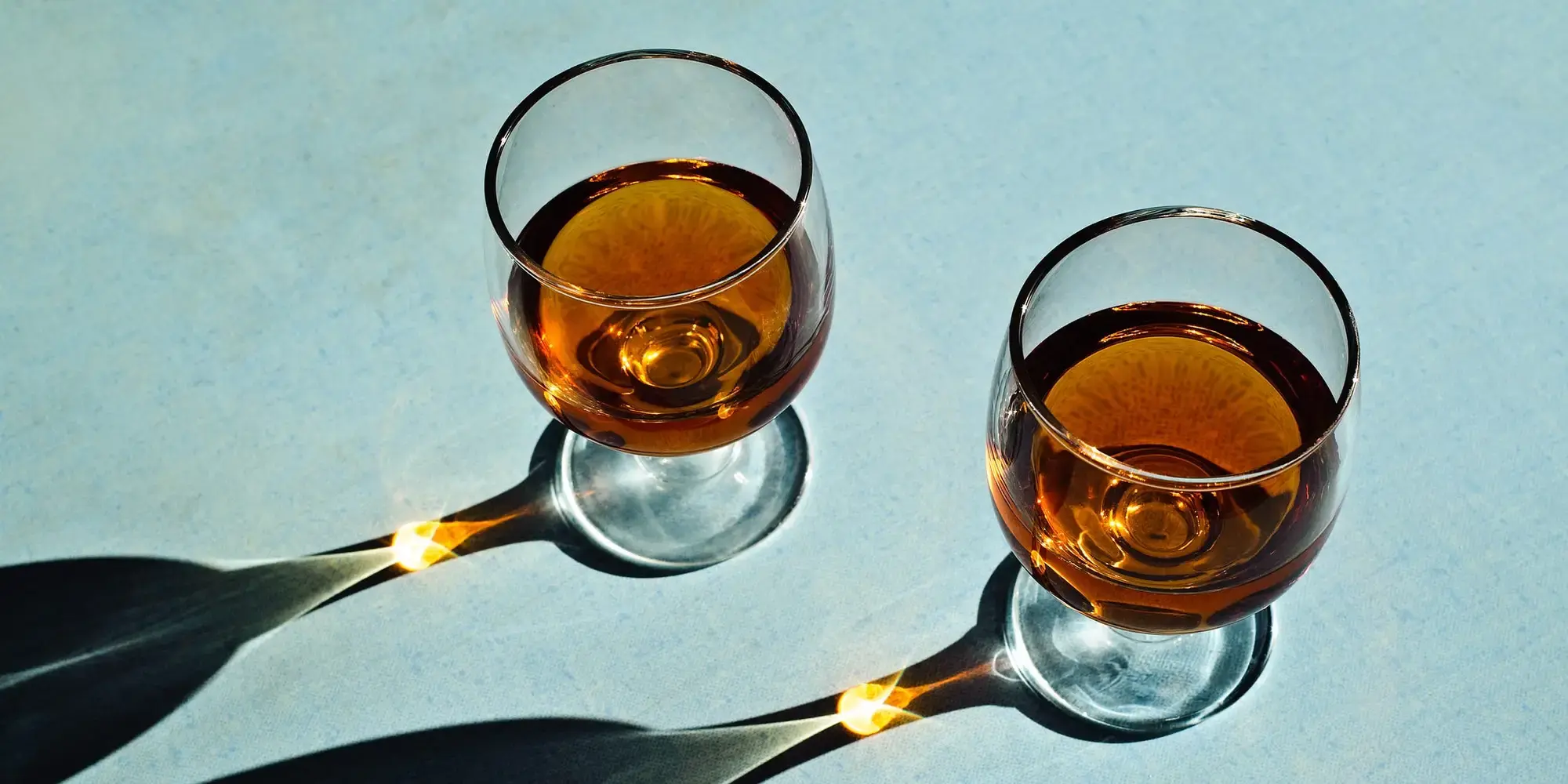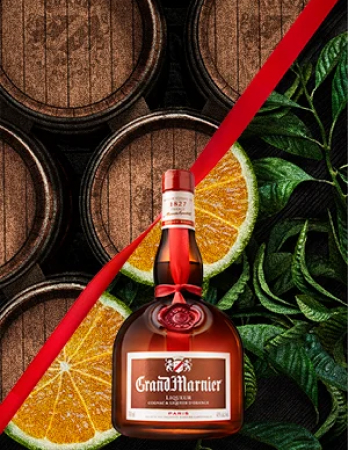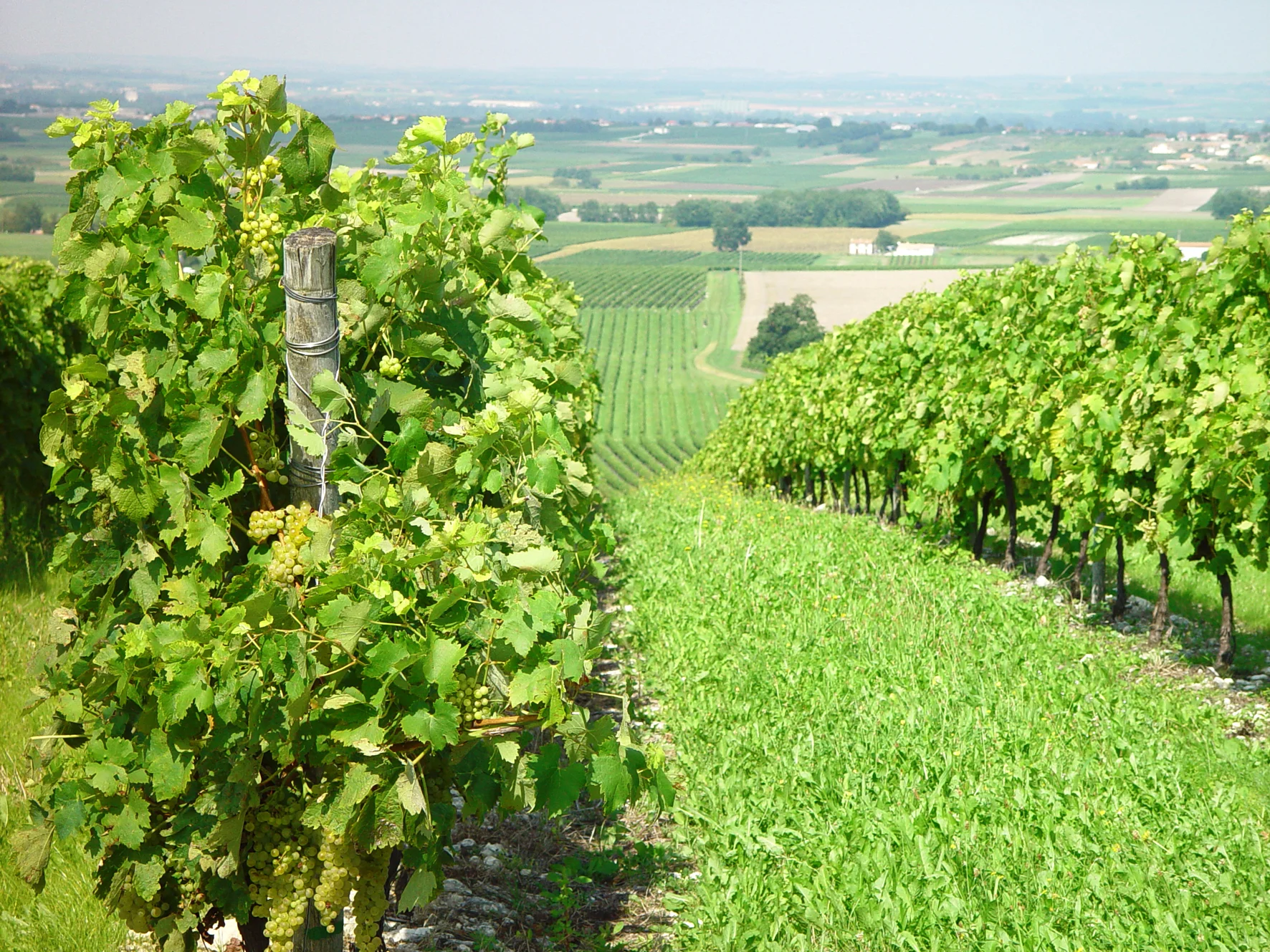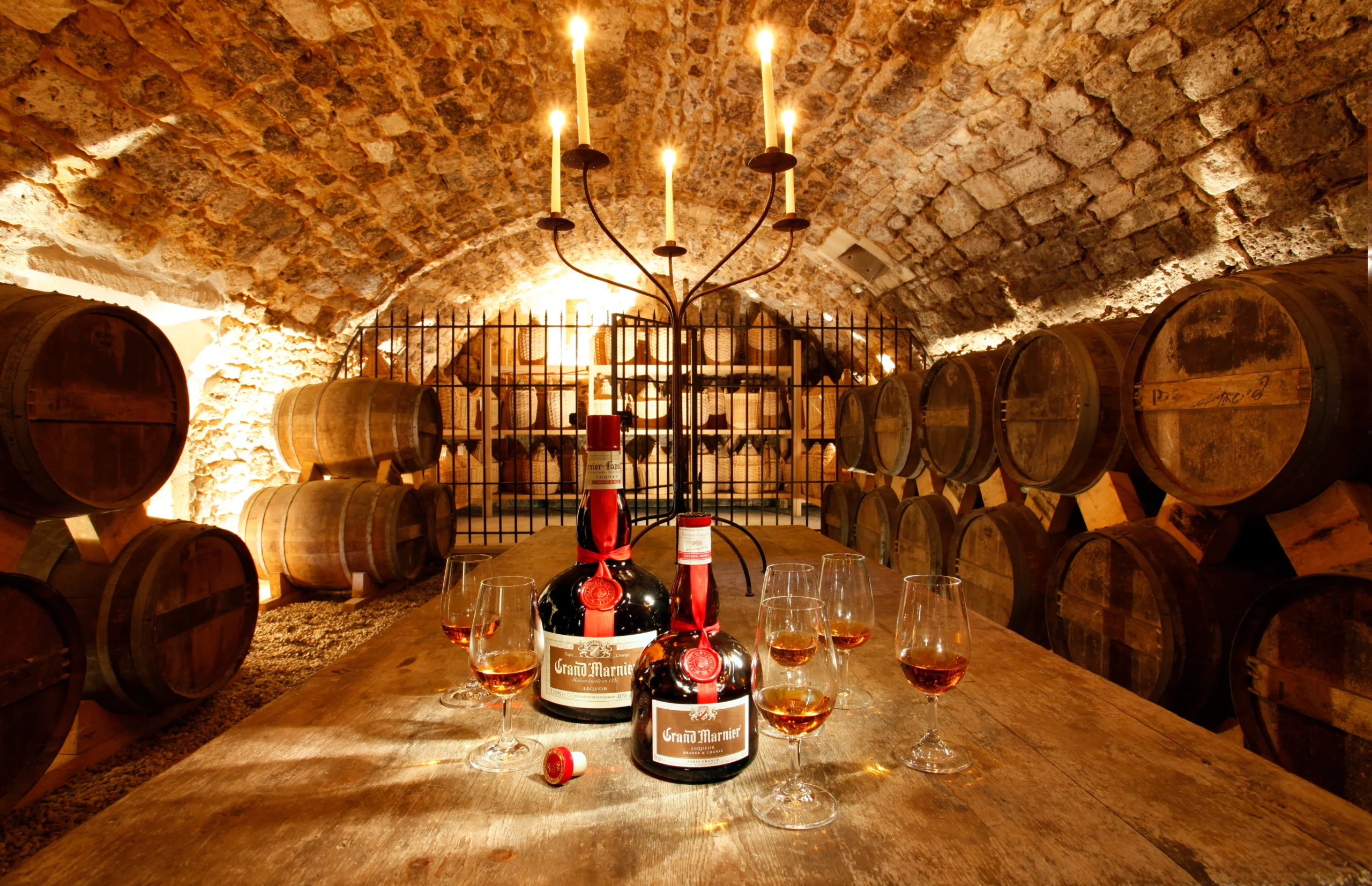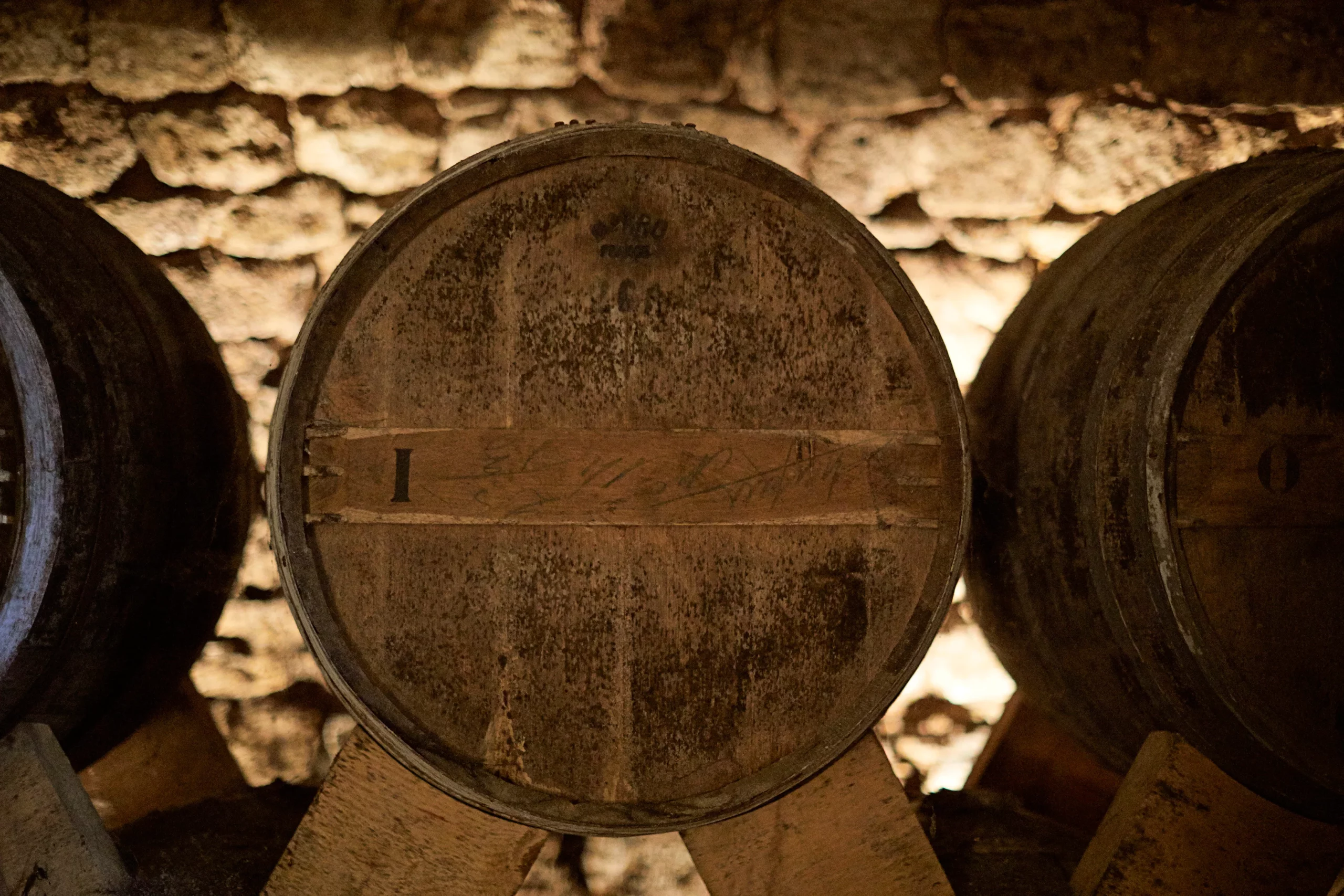
What is Cognac? A Guide to the Classic French Spirit
Cognac, a wine spirit variant recognized worldwide as one of the most elegant and elaborate spirits, originates from specific grape types in France and undergoes a maturation process of no less than two years. This piece delves into cognac’s essence, the procedure of its creation, the aging process, the range of cognac types, and the optimal methods for savoring it.
What is Cognac?
Cognac is a wine spirit variety produced solely within the confines of the Cognac region in France. Distilled from selected grape types like Ugni Blanc, Folle Blanche, and Colombard, Ugni Blanc, Folle Blanche, Montils, Semillon, Folignan and Colombard these grapes are gathered, crushed, and subjected to fermentation to produce wine. The wine then undergoes double distillation in copper pot stills, with the resulting spirit aged in oak barrels for at least two years, instilling the cognac with its unique flavor and aroma.
Cognac is often enjoyed neat or used in mixed drinks. It’s classified based on its age, with VS (Very Special) being the least mature and youngest, and XXO (Extra Extra Old) being the most mature and oldest. A VS cognac matures for at least two years, while a VSOP (Very Superior Old Pale) matures for at least four years. An XO (Extra Old) cognac matures for a minimum of six years, while an XXO (Extra Extra Old) cognac matures for no less than 14 years.
How is Cognac Made?
The production of cognac is a strict process overseen by BNIC. It starts with the collection and crushing of the grape types used for cognac. The extracted juice is then fermented to produce wine, which is distilled twice in copper pot stills.
The primary distillation creates a spirit known as brouillis, which undergoes a second distillation to produce the eau-de-vie, or the “water of life.” This eau-de-vie matures in oak barrels for no less than two years, during which it acquires the wood’s flavor and aroma.
Upon the completion of the maturation process, the cognac is blended to ensure a consistent flavor profile. It’s then bottled and labeled according to its age categorization.
Cognac Aging
The aging process is integral to the production of cognac, contributing to the spirit’s distinct flavor and aroma. Cognac matures in oak barrels, usually constructed from French oak. These barrels are toasted before being filled with the eau-de-vie, facilitating the extraction of flavor compounds from the wood.
During the aging process, the cognac adopts the flavors and aromas of the oak, gaining additional intricacies from the interaction between the wood and the eau-de-vie. The longer the cognac ages, the more sophisticated and subtle its flavor becomes.
How to Drink Cognac
Cognac is commonly enjoyed on its own, either neat or with a slight addition of water or ice. It can also be a component of cocktails, although it’s crucial to use top-quality cognac to prevent the loss of flavor.
When enjoying cognac neat, it’s advised to use a snifter glass, as it captures and intensifies the aroma. Hold the glass by the stem or base, not the bowl, to avoid heating the cognac excessively. Savor the cognac in small sips, allowing it to rest on your tongue momentarily before swallowing, to fully appreciate its intricate flavors and aromas.
Grand Marnier and Cognac: What's the Difference?
While it’s not uncommon for some to misconstrue Grand Marnier as a type of Cognac, this description doesn’t entirely capture the essence of this unique liqueur. Grand Marnier is a sophisticated fusion of Cognac and the vibrant essence of Bitter Bigaradia oranges.
Cognac, a type of wine spirit, is meticulously crafted in accordance with precise methods and maturation standards unique to the Cognac region of France. While Cognac forms a pivotal component of Grand Marnier, this distinctive blend transcends traditional classifications, standing in a category of its own. In essence, Grand Marnier offers an intriguing twist on Cognac, skillfully blending this noble French spirit with the exotic charm of in-house distilled Bitter Bigaradia oranges.
Grand Marnier is typically enjoyed solo or employed as a high-grade ingredient in cocktails and culinary preparations.
In conclusion, cognac is an exquisite spirit, steeped in tradition, that comes to life through a meticulous production process and maturation in oak barrels, giving it a distinctive flavor and aroma. Whether savored neat or as a base in cocktails, its versatility is remarkable, captivating both casual drinkers and spirit enthusiasts alike. But why not add a twist to your usual Cognac experience? We invite you to taste Grand Marnier, an exceptional blend of this esteemed French spirit with the exotic essence of Bitter Bigaradia oranges liqueur. Whether you’re savoring it solo or crafting cocktails, Grand Marnier adds a unique dimension to the classical Cognac experience. So, on your next occasion, reach for a bottle of Grand Marnier and savor the intricacy and elegance of this unrivaled liqueur.


